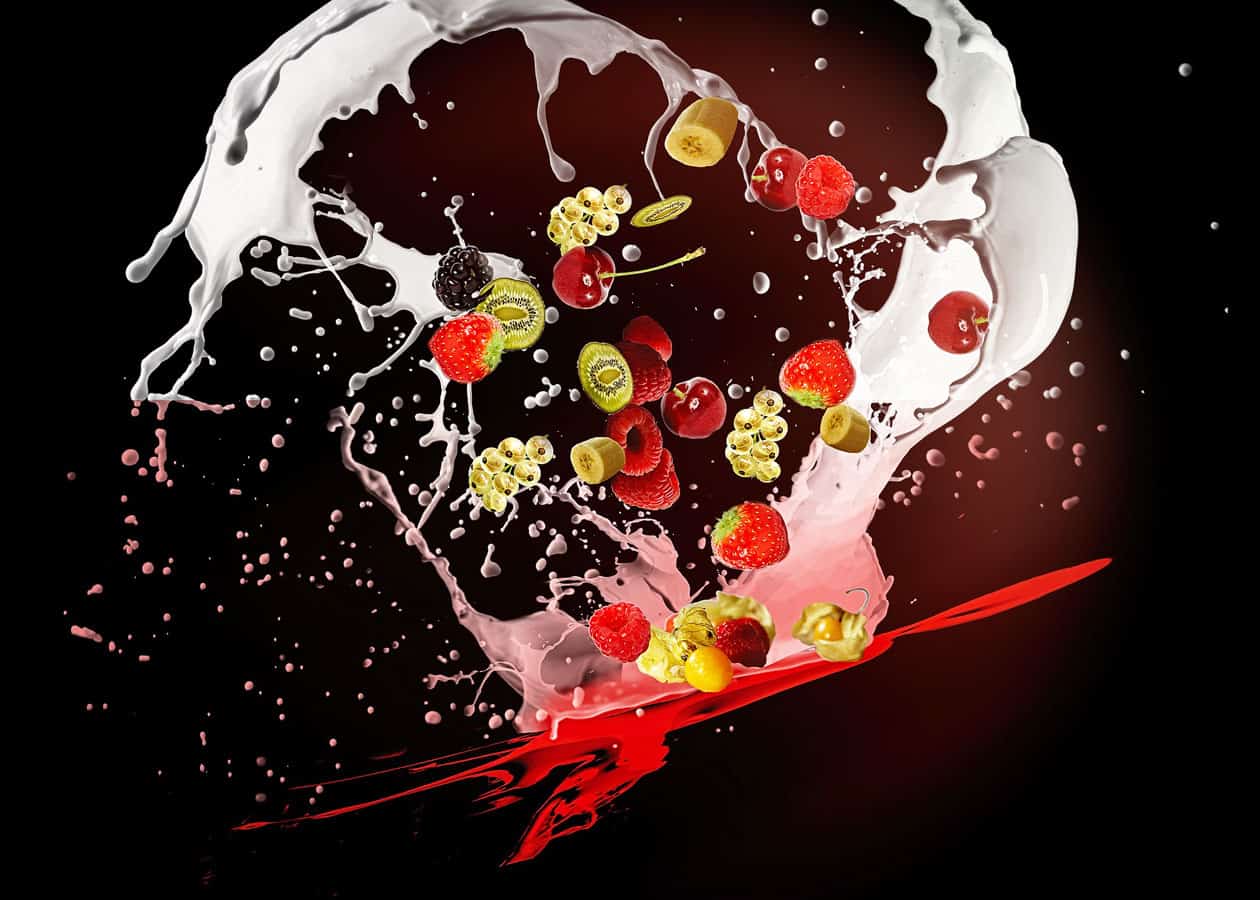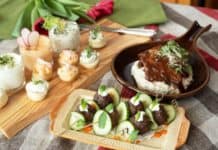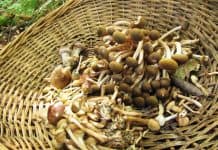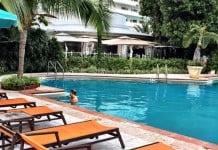 Marije Vogelzang is considered a pioneer in the field of eating design.
Marije Vogelzang is considered a pioneer in the field of eating design.
She is an international speaker and consultant, and her work ranges from working with restaurants on concepts to helping hospitals make food more appealing and healthy for patients. Marije also designs art installations and has curated some very well perceived exhibitions on designing food & beverage experiences. She also recently became head of a new undergraduate department about food at the Design Academy Eindhoven.
Your approach and philosophy as an “eating designer” is fascinating. You work with food but you don’t call yourself a food designer because, for one thing, “food is already perfectly designed by nature,” you point out. Instead, you design from the verb “to eat,” tapping into the origin and cultural meanings of different types of food. How did you get started on this path?
When I was a student at the Design Academy Eindhoven [in the Netherlands], there was no such thing as designing with food. I tried to find the material that I could express myself in best. Eventually, I started working with food because it’s fascinating that it’s ephemeral, and that after I make a design for you, you will consequently put in your body.
I did an all-white funeral meal as my first project, and after that it took me some time to fully understand the potential of combining design and eating. Now I see that food is connected to everything in the world. That food is connected to emotions and memories. That food can glue people together but it can also make a separation. Food gives us meaning and nourishment, but it can also make us ill. All these things and many more inspire me to work with food. It is the most rich, and most important material in the world.
With larger groups, it is sometimes helpful to not think of them as one big group but lots of smaller groups, and in that way it is much easier to create experiences that are really unique around eating and food.
Do you think eating design is something that can be brought to the kinds of large gatherings that meeting planners manage? The mind boggles thinking about how you would bring these concepts to a meeting reception where there are a couple hundred or thousand attendees milling about with their drinks and plates of appetizers!
Yes, it is a challenge and not every concept is suitable for meetings, but I think there’s definitely a possibility to do eating design in this context. At the moment, I’m working on an event in India for 600 people and all 600 will have an extraordinary experience. It’s a confidential event, so I’m sorry I cannot tell you much more about it at this point!
With larger groups, it is sometimes helpful to not think of them as one big group but lots of smaller groups, and in that way it is much easier to create experiences that are really unique around eating and food.
Say a convention of IT professionals was being held in The Netherland’s RAI Convention Center. What, off the top of your head, would be a fun thing to do around eating design for this event?
To give them Bits and Bytes! Or perhaps because their world is so virtual, I would make a very tangible experience for them where they would need to eat with their hands and have a multi-sensorial experience.








